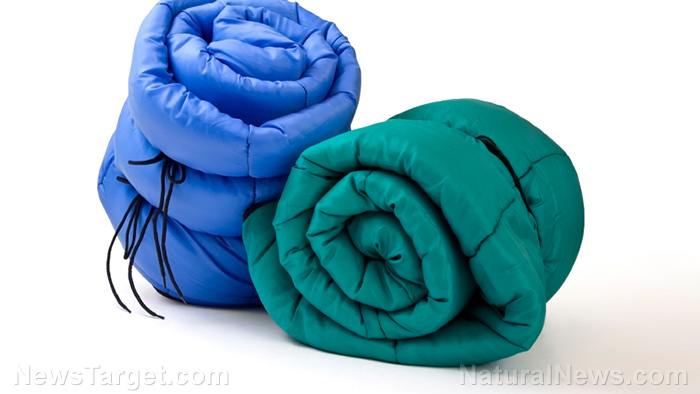
Advertisement
Hiking and camping gained significant traction last year as more Americans engaged in outdoor activities. According to the latest figures from the online statistics, market research and business intelligence portal Statista, the number of U.S. campers in the spring of 2017 amounted to 46.95 million. This was up from only 41.75 million campers in the spring of 2008, the researchers said. Likewise, the statistics revealed that the use of camping equipment saw a marked increase over the past few years.
The use of sleeping bags in particular had a significant growth in sales, the Statista figures showed. According to the survey, sleeping bag sales grew from only 191.76 million in 2010 to more than 210 million in 2011. Many seasoned hikers and campers would attest that sleeping bags are an essential part of the activity. However, experts said confusion remains as to whether or not people should opt for layered clothing when using a sleeping bag. Below are some insights gained from renowned outdoor enthusiasts.
The sleeping bag debate: Layered vs. non-layered clothing
Polartec product manager Karen Beattie stressed that sleeping bags were designed to keep the body warm, therefore discounting the need for layered clothing.
“I have learned over the years that the biggest mistake I could make was to crawl in wearing a jacket and fall asleep like that. Invariably you wake up sweating, which makes you really cold [due to your sweat cooling on your skin], and you can’t come back from that,” Beattie said in an Outside Online article.

Beattie recommended wearing light wicking long underwear made from either polyester or wool. According to the expert, the fabric will keep the body warm even if they get damp from sweating. Likewise, the expert suggested wearing other accessories – such as a pair of socks and a fleece hat or beanie – when sleeping, as the extremities and the head were notably prone to heat loss during a cold night. (Related: Guidelines for choosing clothing and accessories for any survival situation.)
On the other hand, professional explorer Eric Larsen emphasized on the importance of layered clothing especially in places with cold climates. Larsen, who climbed Mt. Everest and skied at both the North and South Poles, also stressed that the notion of a cold night’s sleep does not exist. He said that inadequate layering is what makes sleeping in the cold uncomfortable. However, the expert noted that adaptability remains to be a deciding factor in using sleeping bags.
“If you start to feel cold or hot, make a change. You can be wearing a bunch of layers, but once those clothes get compressed and your sleeping bag is compressed, you are losing a ton of heat because of conduction through the ground. It’s like you have a bucket of water, and you’re trying to fill it up, but there’s a hole in the bottom,” Larsen said.
Feathered Friends founder Peter Hickner took the middle ground approach on the matter. The expert agreed with Beattie on using breathable polyester underwear. However, he noted that using a few layers of clothing does not hurt. The expert also suggested bringing a warm jacket to augment heat preservation when the sleeping bag falls short on doing its job.
“We actually highly encourage people to have a sleeping bag that is either barely warm enough or not warm enough, then augment it with clothes inside the sleeping bag under the idea that if it’s cold enough that you’re using a down sleeping bag, you probably have some warm jacket with you, so why not use it?” Hickner said.
Visit Preparedness.news today for more stories on prepping and survival tips.
Sources include:
Submit a correction >>
This article may contain statements that reflect the opinion of the author
Advertisement
Advertisements
















